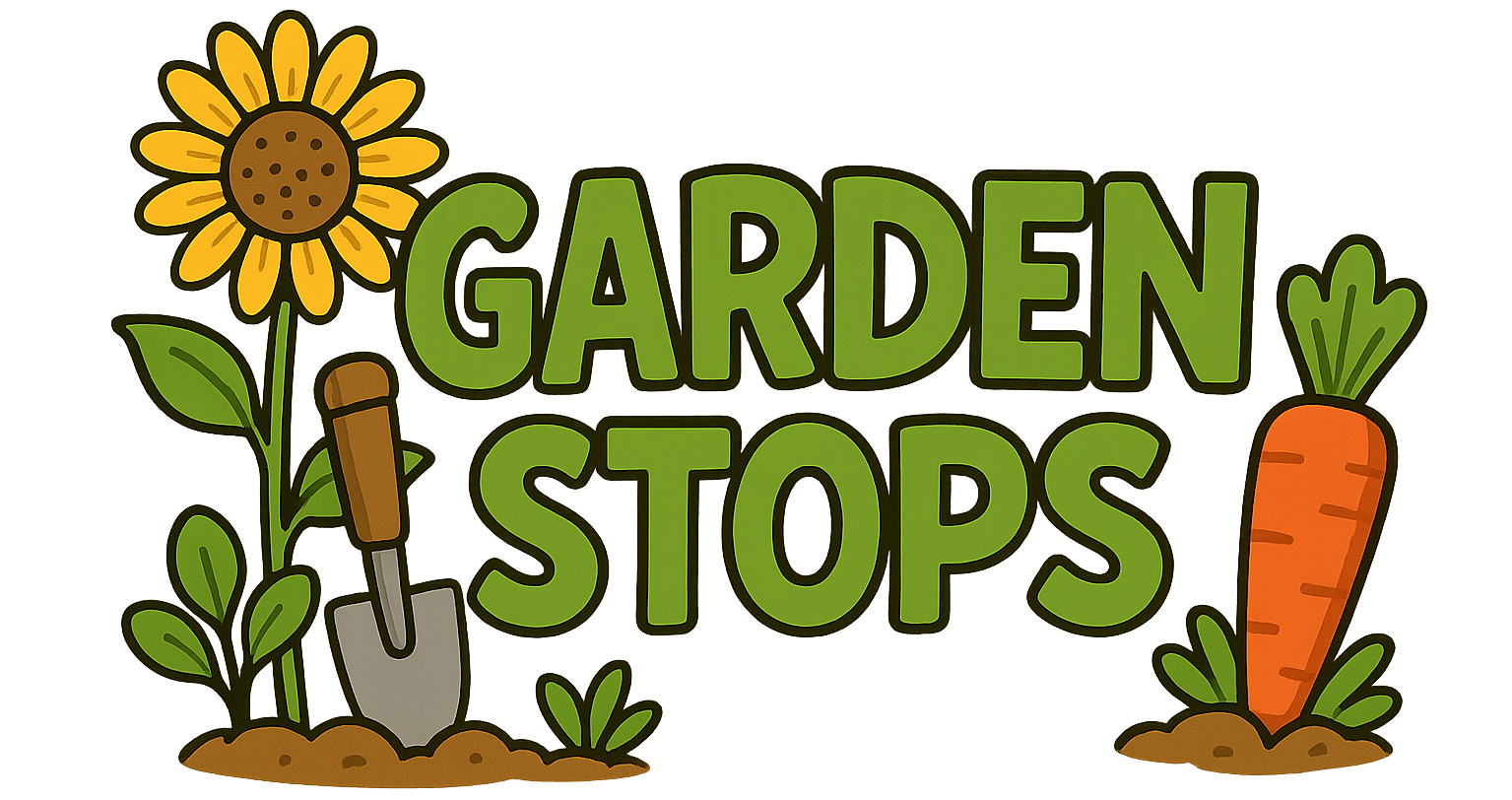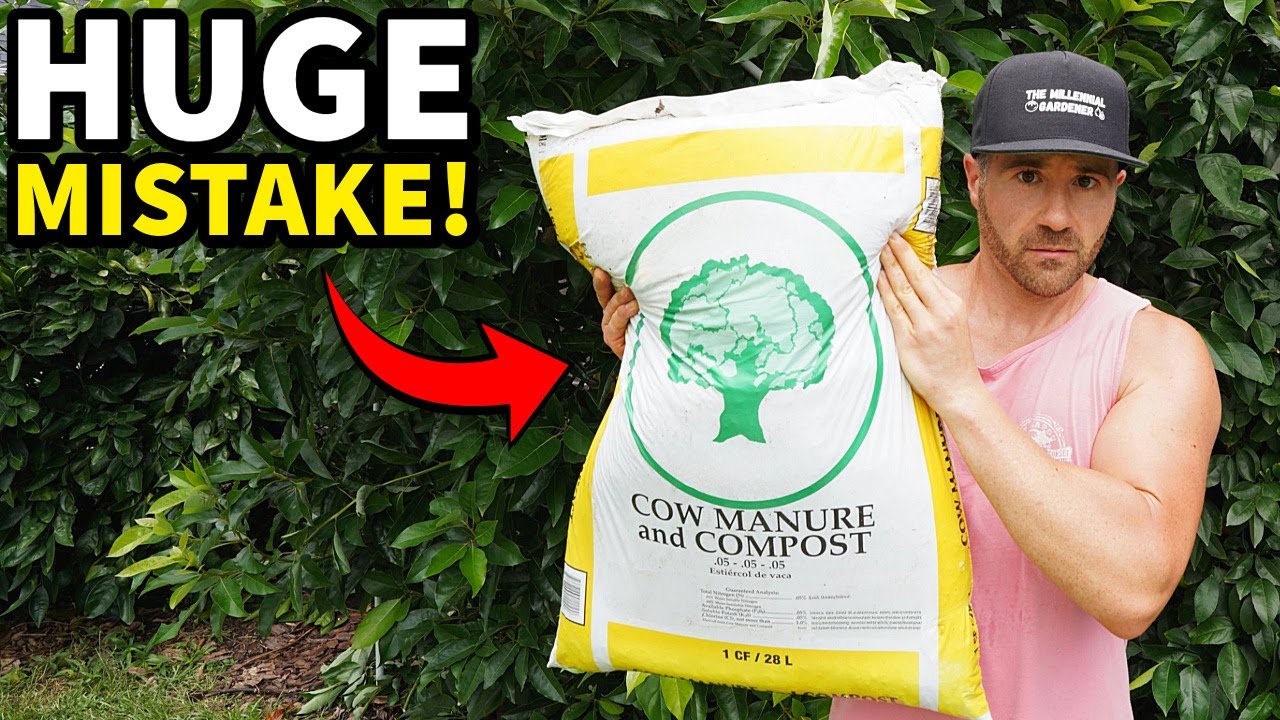Are you confident that your compost is boosting your garden’s growth, or could it be secretly sabotaging your harvest? If you’re serious about growing a healthy, bountiful garden, it’s crucial to understand the hidden dangers lurking in your compost pile. Keep reading to discover the shocking truth about how your compost might be doing more harm than good—and what you can do to fix it.
Introduction
Imagine a gardener’s dream—rows of plump tomatoes, boughs heavy with ripe cherries, and enough kale to make even the most devoted health nut swoon. Now, imagine that this idyll might be more fragile than a soap bubble and that lurking in your compost pile could be a silent saboteur. Yes, the humble compost bin, your supposed secret weapon against gardening failures, might secretly be sabotaging your harvest if you’re not cautious. Often lauded as the gold standard for organic gardening, compost promises to transform dull soil into a fertile paradise. But like any good secret, it comes with hidden pitfalls, especially if misused or applied at the wrong time.
In the world of green thumbs and garden gnomes, knowledge is power—and, more importantly, it’s the key to avoiding a garden disaster that’s lurking under the guise of eco-friendliness. From overzealous compost piles to improper curing, many unwitting gardeners are unknowingly walking a tightrope, balancing hope and ignorance rather than science and patience. This article peels back the layers of compost myth and reality, revealing the dark side of compost use that could, without warning, diminish your fruits and vegetables rather than boost them. So, buckle up—your garden’s future might depend on the secrets you uncover here.
The Allure and Risk of Compost: Garden Magic or Deadly Sorcery?
Let’s face it—compost is the fairy dust of the gardening world, promising to turn kitchen scraps and yard waste into rich, energizing soil. It’s like alchemy but with less smoke and more worms. Yet, beneath this glowing reputation lurks a conundrum: too much compost, or applying it at the wrong moment, can backfire harder than a soufflé collapsing in the oven. Gardens thrive on balance, and compost, when misused, can tip that delicate scale into chaos. Think of it as adding too much spicy sauce—initially delightful, but overwhelming when overdone.
Applying compost at the wrong time is akin to showing up to a red carpet event in pajamas; it just doesn’t work. Early in the spring, when soil still holds onto winter’s chill, adding a hefty layer of compost can inadvertently lock in moisture and inhibit root growth. Conversely, spreading compost during peak summer heat might cause nitrogen burn, frying your young seedlings more effectively than an overcooked steak. The key is understanding your plants’ growth cycles and knowing when compost acts as a nurturing friend rather than a sneaky foe trying to sabotage your harvest.
Overuse or improper application isn’t just a gardener’s faux pas—it can directly reduce your yield, turning a lush plant into a stunted shadow of its potential. Excess compost can drown roots, skew nutrient ratios, and even attract pests eager for decomposing goodies. It’s as if your garden’s lush party has turned into a pest-infested soirée if you’re not careful. So, before you broadcast that dark, crumbly treasure over your prized tomato beds, pause. Learn how to finish composting properly and apply it with finesse—your harvest will thank you.
Unmasking the Hidden Dangers: Compost Can Wreak Havoc in Your Garden
The secret pitfalls of compost are more insidious than they appear on the surface. Many gardeners are under the impression that all compost is created equal, but this couldn’t be further from the truth. Poorly finished compost teeters on the brink of being a pathogen’s paradise or a nutrient imbalance nightmare, both of which threaten your plants’ health. If compost isn’t fully matured before application, it might harbor weed seeds or harmful bacteria that could invade your healthy plants or, worse, cause diseases that spread like wildfire.
Then there’s the issue of compost’s pH balance—an often-overlooked aspect that can sneakily undermine your garden’s progress. Too acidic or alkaline compost can throw off your soil’s delicate ecosystem, making it harder for your plants to absorb vital nutrients. And let’s not forget this darker truth: applying compost directly to fruit trees without proper knowledge can cause more harm than good. Too much nitrogen, for example, can lushly foliage but stifle fruit production, leaving you with a greener-than-green forest but no fruit to show for it.
What’s more, the belief that compost is a miracle cure might tempt you to overdo it. Overuse might saturate your soil, reduce oxygen availability, and ultimately diminish your harvest. It’s akin to baking too much cake—delicious at first but increasingly problematic as the layers pile on. To keep your garden thriving, you need to know when to stop, how to finish composting properly, and what to avoid in your application process. Else, all your effort could backfire in ways you never anticipated.
Smart Compost Practices for a Flourishing Garden
Navigating the world of compost without proper guidance is like wandering a labyrinth blindfolded—one wrong turn and you end up in a composted mess. The most vital tip? Learn how to properly finish composting before applying it. That means allowing the pile to reach a stable, dark, crumbly state, full of earthy aroma, and with no identifiable fresh organic material lurking on the surface. Think of it as baking bread; rushing the fermentation ruins the loaf. Patience here is not just a virtue but an essential element of garden success.
Timing and method matter enormously. Applying compost when your plants are actively growing—such as early spring or late summer—can supercharge their development. But if you’re doing it during a hot spell, be cautious. Too much compost can act like a fertilizer overkill, causing nutrient imbalances and even harming the roots. Better yet, consider using mulch instead of blanket compost in sensitive cases; an organic mulch provides a gentle barrier that preserves moisture, suppresses weeds, and gradually releases nutrients in a more controlled manner.
In the quest for healthy, bountiful plants, supplement your compost with other organic fertilizers, trace minerals like Azomite, and appropriate gardening products such as shade cloth, insect netting, and grow bags. These tools aren’t just useful—they’re necessary to protect your plants from environmental stresses and pesky pests. Proper pruning, smart watering with drip injectors and timers, and regular soil testing help build an ecosystem where your garden can thrive. Remember: the goal isn’t just more compost but smarter use of it—turning what could be a garden nightmare into a lush, productive haven.
Frequently Asked Questions
1. How can I tell if my compost is fully finished and safe for garden application?
A fully finished compost should look, feel, and smell like rich soil—dark, crumbly, and earthy, with no recognizable organic matter or foul odors. The temperature of a properly managed compost pile will stabilize near ambient levels, indicating it’s no longer actively decomposing. You can also perform a simple test by taking a handful and squeezing it; if it crumbles easily and holds together without excess moisture or sliminess, it’s ready. Consistently finishing your compost ensures it’s safe, nutrient-rich, and free of pathogens or weed seeds that could harm your garden.
2. Why is applying compost during certain seasons risky for my plants?
Applying compost during the wrong season can be a garden blunder of historical proportions. Early spring, for instance, can be tricky because the soil’s still cold and wet, making it hard for roots to absorb nutrients efficiently, and excess compost can create waterlogged conditions that rot roots. In the peak of summer, compost can increase disease susceptibility and cause heat stress. Conversely, applying compost in late fall allows the organic matter time to integrate into soil and begin breaking down naturally, enriching the ground for the next planting season. Timing is everything—know your plant’s growth cycles and the local climate before hitting that compost pile.
3. How does improper compost use reduce my harvest rather than increase it?
Imagine pouring fertilizer on your plants like you’re trying to drown them—because excess compost can do just that. Overapplication can lead to nutrient imbalances, encouraging lush foliage at the expense of fruit or flowers. Too much nitrogen, for example, produces a forest of green leaves but fewer fruits. Additionally, poorly finished compost can introduce diseases or pests that weaken or kill plants altogether. It’s a delicate dance—too little compost and your plants are starved; too much and they suffocate. The secret lies in measured, knowledge-based application, fostering robust growth without tipping into toxicity.
4. What are common compost-related mistakes that gardeners should avoid?
The leading pitfalls include adding compost prematurely—before it’s fully matured—using it on plants that are sensitive to high nutrient levels, and applying it without considering timing or crop needs. Another mistake is overwatering the compost pile, which can lead to anaerobic conditions and foul odors, or worse, bacterial outbreaks. Failing to incorporate organic amendments like trace minerals or to use compost as part of a balanced fertilization schedule can also hamper plant health. Vigilance and patience are your best allies; remember, the goal isn’t just to add organic matter but to nurture a vibrant, resilient garden ecosystem.
5. How can I incorporate compost into my organic gardening routine responsibly?
The trick is moderation and knowledge. Always finish your compost before applying, and use it sparingly based on your soil tests and plant needs. Combine compost with other organic fertilizers and supplement with trace minerals like Azomite for micronutrient support. Use tools like soil test kits, and observe your plants consistently—yellowing leaves or stunted growth are signs you may be overdoing it. Pair compost use with smart gardening practices—like installing insect netting for pests and utilizing grow bags for container plants—and always stay informed through trusted gardening channels. This holistic approach ensures your garden remains balanced, productive, and sustainable.
Final Thoughts
Gardening is a beautiful paradox—at once a mystical art and a science fraught with nuance. The compost pile, that humble heap of organic waste, holds the power to elevate your garden, but only if wielded with respect and understanding. Its potential to produce a lush, abundant harvest is matched by its capacity to silently undermine your efforts if mismanaged. The key is to view compost not as a magical potion but as part of a complex, living ecosystem that demands patience, care, and knowledge.
So as you stand in your garden, contemplating that dark, earthy gift, remember the delicate balance at play. Compost can be your greatest ally or your worst enemy—all depending on timing, application, and finish. Embrace the learning curve, respect the science, and don’t rush the process. In doing so, you’ll cultivate more than just plants—you’ll nurture a garden that survives, thrives, and perhaps, quietly, becomes the envy of every neighbor who passes by. Because, in the end, a garden well-tended isn’t just about plants—it’s about the quiet joy of nurturing life with wisdom and wit.

